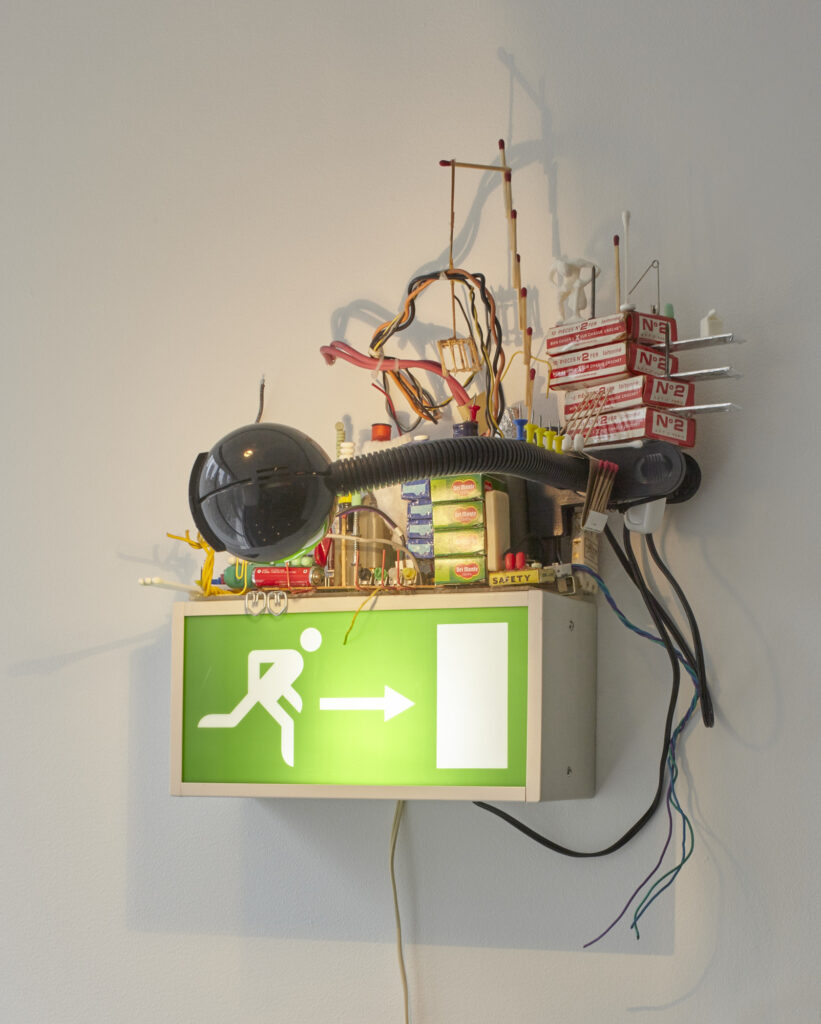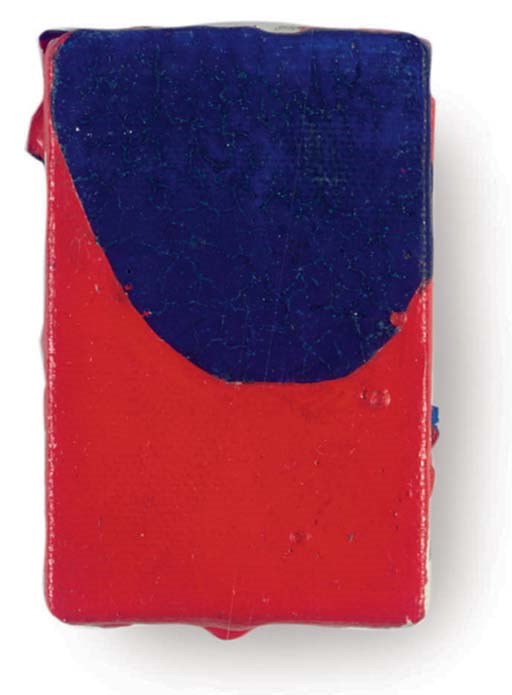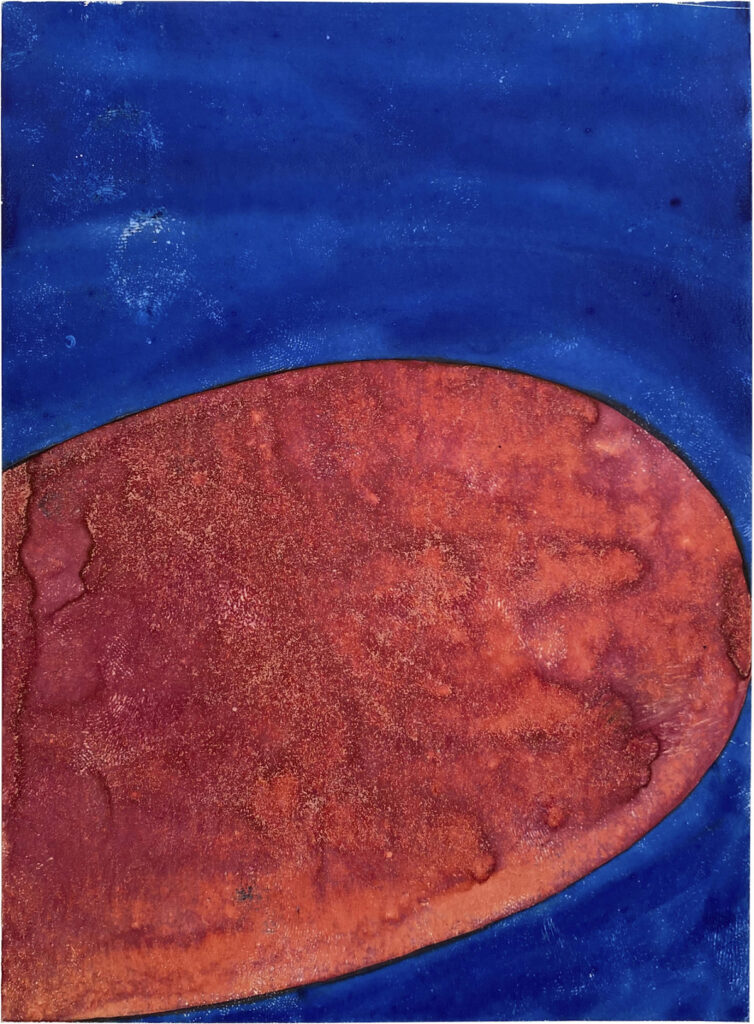
I’ve always loved Sarah Sze’s earliest works, beautiful installations seemingly made on the fly out of the most ephemeral and inconsequential materials. And I was always bummed that I didn’t get one of the sculptures she made on top of the exit signs at the Musée d’Art Moderne de la ville de Paris for a show she did with HUO in 1997, which I remember being surprised to see again, and up close, when one was sitting on Marianne Boesky’s credenza.
So I was rewatching Sze talking with Carol Mancusi Ungaro in 2008 about Migrateurs (1997) for the Artists Documentation Project. And they’re talking about how sticks of gum sag under the weight of carved soap sculptures, and how the green Tic Tacs have faded more than the white ones, when a collector I knew from MoMA back in the day, John Silberman, turned up on screen. It was his sculpture, and I thought, well, at least I lost it to a good home.
And then I see that Silberman had donated it to MoMA in 2016, so that’s great, a good landing spot for an important early—but conservation-sensitive—piece.
But then I realized it had sold at Christie’s, in the summer of 2007, in a sale I watched closely because it had the first Anne Truitt Arundel painting to come up at auction [which flew away from me], but yet I’d completely missed it, and John hadn’t. And so that made sense why he’d brought the sculpture to a conservation conversation: the Christie’s pic has the sagging gum.

What else I’d completely missed? A Sam Francis painting. Now with most Sam Francis paintings, it’s a matter of ignoring them. So imagine my surprise. This Francis is 3 x 2 inches, one photo, no information beyond its authentication, so getting missed is probably a big part of its tiny history.

It reminds me of—or rather, finally seeing it has taken years of looking at these other miniature works by other painters, including tiny propostes monocromes by Yves Klein, and that gallery of little gift paintings at the Whitney’s Johns show. But it most feels like the red/blue Ellsworth Kelly paintings—and, it turns out, sketches—one of which inspired a teenage Robert Gober to make a copy.
So now I’m on the lookout for a c. 1997 sortie de secours sign, which I can hot glue a tiny Sam Francis painting to. Then I can just fill in the rest with stuff from that drawer in the kitchen.
